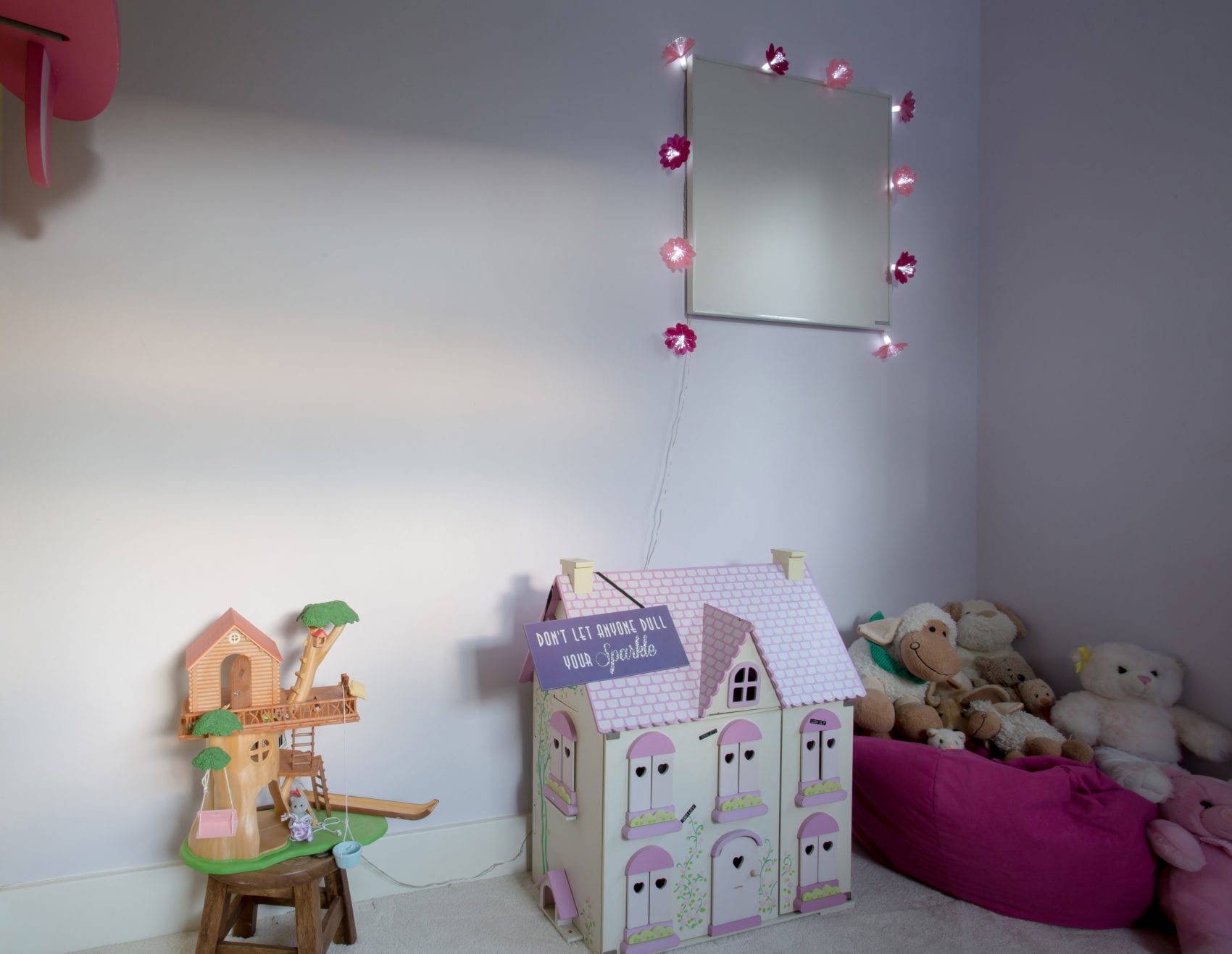
Infrared Heating vs Storage Heaters
One of the most frequently asked questions we get is based on Far-Infrared Heating vs Storage. Usually a customer calls up complaining that their storage heaters no longer give off any heat during the evening and give out too much throughout the night. There is a simply enough explanation to this, which usual occurs in storage heaters that are around 8 years old.
How do storage heaters work?
The way the storage heaters work is by taking advantage of the economy 7 tariff, or economy 10 etc, and using the cheaper off-peak electricity to heat up storage bricks within the unit. The idea being that insulation keeps the heat contained within the heater until the evening when it then slowly releases it. The problem is, as the storage heater gets old the insulation starts to break down, which leads to heat leaking throughout the night (leading to high temperatures during the night) and when it comes to the evening they don’t have any heat left.
What is Economy 7 and the price of electricity
While economy 7 means that you can take advantage of the off-peak tariff, it does mean that the on-peak price of electricity dramatically increases far beyond that of the standard price – you’re talking 18p/kWh as opposed to 11p/kWh. So day to day appliances can cost a huge amount, leading to high bills at the end of the month – especially if your storage heater is having to be on boost in the evening.
So old storage heaters are a nightmare…what about new ones?
We have outlined the problem with old storage heaters, but will installing new ones fix the problem? Storage heaters are convection based electric heating. This means that they make you feel warm by heating up the whole volume of air in the room. While this is a common method of heating in the home, it is one that requires quite a lot of energy – as lots of the warm air is lost through draughts, uninsulated rooms and through the ceiling.
Time and temperature control – or lack of.
Time and temperature control is also not entirely accurate, as the storage heater stores the heat from the previous night, so a sudden drop in temperature and you may be left without enough heat. Storage heaters tend to use about 1.5 units of electricity for 1 unit of useful heat. This means that to feel 2kWhs of output heat in the evening, the storage heater has to use 3kWhs of electricity – obviously not entirely efficient as it is using more electricity.
What are the alternatives to storage heaters?
One of the most popular alternatives to storage heaters is far-infrared heating panels. The idea behind these panels is that they don’t require as much input as they are only heating what is necessary – surfaces. In doing so, the aren’t reliant on convection, which causes heat to be lost in a whole manner of ways. Heating just the surfaces when required, means that infrared heating panels only need to be on for a fraction of the time at a fraction of the wattage.
Comparing infrared with storage heaters – the figures
Let’s take a medium sized bedroom of around 12m2. For storage heaters, you would be looking at a 2.2kW input, 1kW output. If you take electricity prices for the economy 7 at 6p/kWh and 18p/kWh, on and off peak respectively, then you would expect this to cost you 92p/day – providing that you don’t have to switch it on to boost in the evening! Over the year – 180 days worth of heating – this would cost £166 just for one bedroom for new storage heater.
[product_box id=”55535″][/product_box]
Take an infrared heating panel, for a room of 12m2 you would probably need a 700W panel. If you have this on for 5 hours per day on a thermostat set to 21 degrees, this would cost you (on a standard tariff of 11p/kWh) 38p per day and over the course of the heating year it would cost £69. A further benefit is that because it runs on the standard tariff, your day to day electrical appliances are cheaper to run, and if the weather suddenly drops, all you have to do is turn up the thermostat, which is linked to your infrared heating panel, and the room will heat up accordingly.
So just for one bedroom you would save £97. Not too bad for a heating method that is more comfortable, more stylish and can even be cheaper to install.
